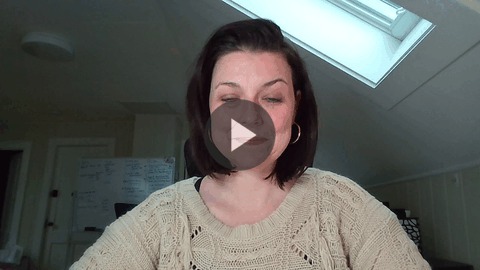How To Overcome a No When Asking to Improve Coverage
You're on your way to starting to ask clients to improve coverage but converting the ask to a yes is giving you some roadblocks. Use these tips to get ahead!
If you're a salesperson, you love getting a no. It means the party is just getting started. One of my sales mentors used to say selling doesn't start until you get your first rejection of the deal. But for many service team members who are used to satisfying and pleasing customers hearing no may leave you in an uncomfortable position.
First of all I applaud you GREATLY if you're reading this article because you are getting a no. First step is showing up to the game. Getting a no means you are asking and at the very least educating the client, planting a seed and protecting the agency from E&O issues.
But I know you, you want more! So when you get a no we want to prepare you for how to handle it.
Step 1: How Did We Ask?
Make sure we start every call with:
"While I have you on the phone if I find any coverage weaknesses or missing discounts may I bring them to your attention?"
This works for the following reasons:
- You have their approval to make recommendations
- It reminds you to do it
- They are expecting it!
Next, set up your pitch.
"So I do see a coverage weakness that we need to discuss. Currently your XYZ is lower than what we recommend. We need to adjust this so you have the right coverage."
Step 2: Expect a No
This may sound silly but expect that they won't want it. When we expect it, we can prepare for it and work around the issue. When we aren't expecting it, we end up saying "Ok" because we aren't sure what to say next.
Step 3: Ask questions
One great way to overcome an objection is to ask questions. This way you aren't coming at them directly but instead inviting them to learn more. Remember most people say no to things they don't understand. By asking questions we engage them in the learning process. Let's use improving auto liability as an example.
- If you were driving and someone impaired your wife in an accident and she couldn't work how much would you sue them for?
- If you were in an accident that had over X in damages, are you prepared to pay out of pocket or have your wages garnished?
- Are you saying no because you think it will be too expensive? Let's do a quick quote to see.
Step 4: Don't breath just ask...
You need to breath but you need to get good at the pivot. People follow a leader and you need to lead this call. The next steps are to just do the quote for enhanced coverage if possible on the phone. If not, lean into gathering the information.
If someone stops you lean in deeper say: "My role is to protect you and your family's lifestyle. I'm going to do a no obligation quote so you can make the best decision for your family."
You need to get through at least 2 no's to show the importance of this coverage. Remember, people will value what you stick up for to be important!
If you let go, the client doesn't think it's important at all.
![709081_APP-Logo White_042920-2.png]](https://knowledge.agencyperformancepartners.com/hs-fs/hubfs/709081_APP-Logo%20White_042920-2.png?height=50&name=709081_APP-Logo%20White_042920-2.png)
